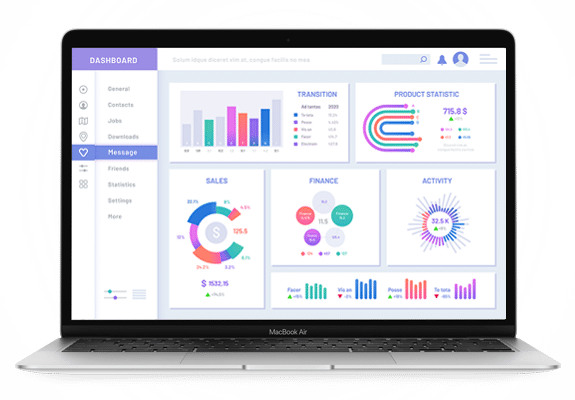What You Need to Know: A Beginner’s Guide to Quickbooks
The software is ubiquitous; still, not everyone understands all of its tools or how to use them. Small businesses and sole proprietors often choose Quickbooks as their bookkeeping solution. At Bayou Bookkeeping, we provide bookkeeping and professional accounting services. At the same time, we train business owners to navigate and use the system themselves, too. If you’re somewhat new to the platform, we hope you enjoy this beginner’s guide to Quickbooks.
Determine Your Business Use
The first step for Quickbook’s newbies is to set up an account. Once you register, you can choose from a list of functions the software provides. Select one, a few, or all of the available features on the platform:
- Invoicing
- Categorizing expenses
- Inventory management
- Sales tracking and tax
- Bills and accounts payable
- Payroll
- Time Keeping & Productivity
Helpful Tip: Watch all of the video tutorials.
Connect the Business Bank Account
Connecting a checking account to the software makes bookkeeping and accounting effortless. Transactions electronically flow, so you have access to the most recent information. Accordingly, you see income and expenses reported automatically, which means you do less administration. The system reduces data entry and ensures accurate balances and financial reporting. Connecting your bank or financial institution also ensures that your account balances are current and reports are accurate.
Choose the name of the financial institution or bank to connect to Quickbooks. The software then prompts you to log in to the bank account. When you do, Quickbooks imports the past 90 days of transactions, and updates regularly and automatically.
Helpful Tip: You can connect to more than one account.
Categorize Transactions
The best part about this feature is that the system is smart enough to post many transactions automatically, which makes this an easy beginner’s guide to Quickbooks. However, you do categorize some of them yourself.
To begin the process, select the bank account you connected to Quickbooks that you want to categorize. Then, review all the uncategorized transactions by choosing the “For Review” tab in the menu. Next, review transactions one at a time, enter any missing information, provide detail, and assign a category. Finally, click “Add” to post the final categorized transaction.
Helpful Tip: The system notifies you if it finds a match for a transaction. You can either approve or deny system-identified matches.
Stay Tuned for Part Two
We hope you found this beginner’s guide to Quickbooks helpful. Hopefully, you can now set up an account, connect a checking account, import and categorize transactions. If so, congratulate yourself on a job well done! Next month, we continue with part two in this series.
Bayou Bookkeeping provides monthly support to Livingston businesses with our membership packages. However, we offer a robust menu of financial services outside of subscriptions, including payroll, accounting, tax preparation, and much more. Call (225) 442-1137 to speak to a professional.
